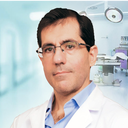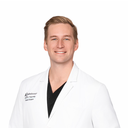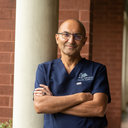Thank you for this excellent question and for sharing your photos. I'm Dr. Özge Ergün. If we can make a detailed plan for your situation,









